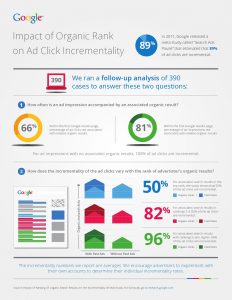
If you are looking to expand your local presence online, you may want to consider implementing a local search marketing strategy. The key is to find keywords that people are searching for on Google, Yahoo and Bing.
Optimizing on-page SEO elements
One of the best ways to drive more traffic to your site is to optimize on-page SEO factors. These factors make up the basis of your ranking and help to meet your KPIs.
Content is one of the most important elements of on-page SEO, and it’s important to ensure that you create well-written, relevant content. You can do this by conducting keyword research and finding relevant topics to write about.
Title tags are also an important on-page SEO factor. Google uses your title tag as the headline for your page in search results. It’s important to use your targeted keywords at the beginning of your title tag, and you should keep your tags under 55 characters.
Meta descriptions are a short summary of your page that appears in search results. They describe what the page is about, and encourage clicks from search engine users. The best way to use meta descriptions is to include a description that includes both your keyword and what the user should expect to find on your page.
Targeting long-tail keyword variations
Long-tail keywords are one of the best ways to get a jump on your competition. You can increase your site’s search visibility, gain access to a more targeted audience, and boost conversion rates. However, you can’t just drop these words in your content and expect to see results. To do so, you’ll need to take a few steps.
Firstly, it’s important to understand the difference between long-tail and short-tail keywords. The former is a specialized keyword that is more focused on your niche. While the latter is more generic.
If you’re looking to boost your search visibility, try using a tool to identify long-tail keywords. A good one to start with is Answer the Public, which generates long-tails based on keywords and phrases that you enter. They also provide you with related search suggestions.
Another great tool is Rank Tracker, which searches a global database of search terms to find long-tails. Using a tool like this can help you locate the most competitive keywords for your business.
Getting new online reviews
Online reviews are a powerful way to drive sales, gain trust and boost conversions. A study by Social Media Link found that 83% of consumers find new businesses through peer recommendations. In addition, a study by Moz ranked online reviews as the third most important ranking factor.
Online reviews can be a deciding factor between your business and a competitor, especially when you’re looking for local customers. Having a large number of positive reviews can be a major boost to your local SEO strategy.
Review quantity, or the number of reviews you have on GBP, is a measure of your business’ popularity. This metric helps you determine if you’re getting more than your fair share of online exposure.
It’s also a good idea to learn more about the different review sites out there, and to try to get yourself listed on as many as possible. There are free tools to help you do this.
Another good way to build reviews is to send out email requests for feedback. Not only will this help you generate more reviews, but it will also show your audience that you are interested in hearing their opinions.
Keeping pace with industry developments
As the landscape for local search marketing continues to change, the traditional toolset may struggle to keep up. For one, Google is always evolving. It recently made changes to its Google My Business pages, encouraging users to visit a business page for more information.
The same can be said for YouTube. This video platform has a strong presence in the local SERP. In addition, the popularity of apps for services keeps growing. When it comes to local SEO, it’s a good idea to maintain an active social media presence. Twitter is another great way to stay connected to your community. And a Google Business page should be mobile-friendly.
Whether you work in-house or outsource your local SEO efforts, it’s important to have a solid strategy in place. For example, many businesses fail to take the questions of prospective customers into account. However, with the right tools, you can answer these queries and make them feel at home. You can also respond to negative reviews in a manner that mitigates the negative effects.




